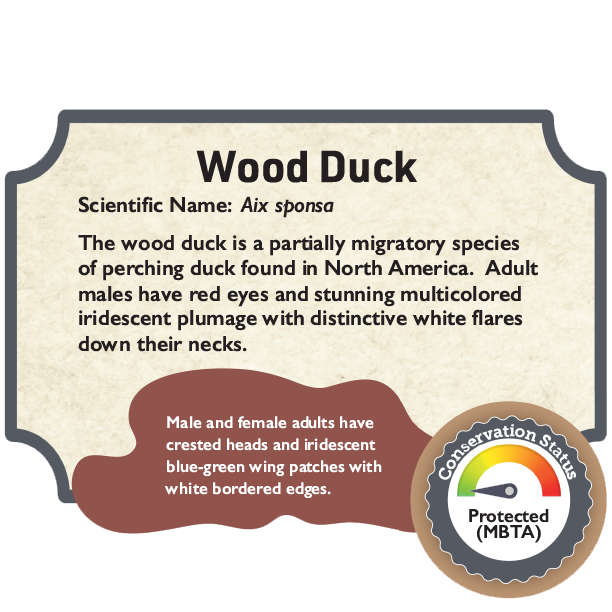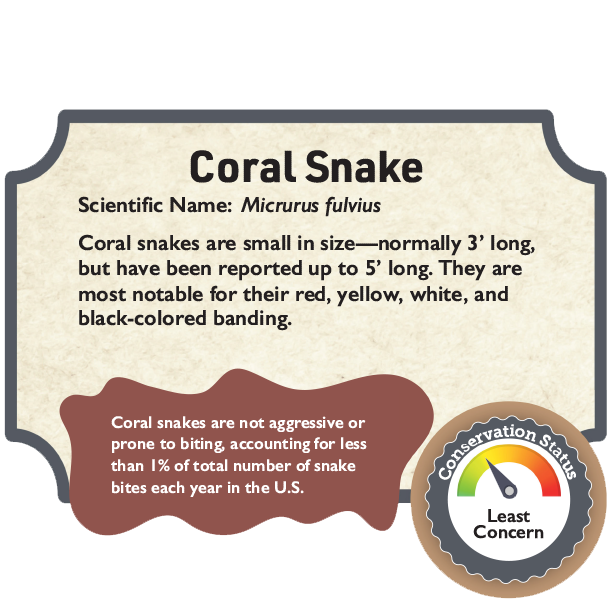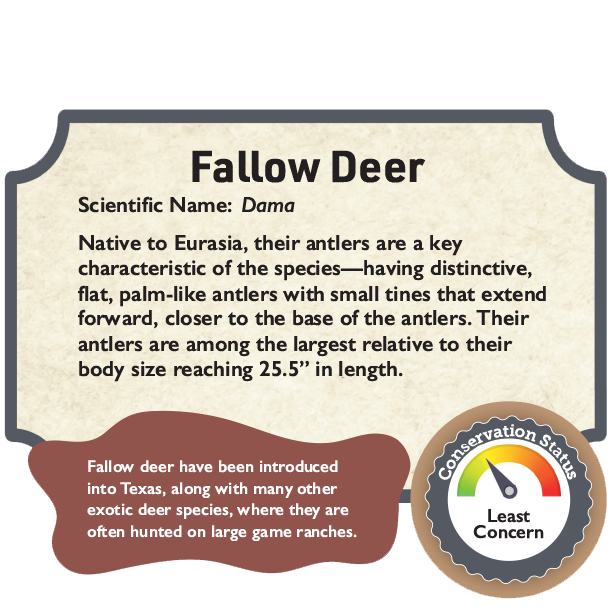
-

Prairie Dog
Did You Know? Prairie dogs greet with a kiss-like nuzzle.
-

Bison
Did You Know? Bison can run up to 35 miles per hour.
-

Lizard
Did You Know? Some lizards can detach their tails to escape.
The American Southwest supports a great diversity of animal life through various ecosystems—from deserts, to prairies, to shrublands, and mountain forests. Water availability and vegetation variety limits vertebrate species distribution in this dry area. The region provides vital migratory and breeding habitats for the more than 400 species of birds found here. There has been a region-wide decline of several rare species, including Arkansas darters, black-tailed prairie dogs, burrowing owls, lesser prairie chickens, mountain plovers, Texas horned lizards, and swift foxes. Known for its reptiles, the region is abundant with various species in both the desert and grassland areas.
Fun Fact:
The diamondback rattlesnake shakes its tail up to 60 times per second to produce its famous rattle sound — it's like nature’s built-in warning system! The rattle is made of keratin, just like your fingernails.
Reptiles and amphibians represent an important part of aquatic and terrestrial ecosystems in the American Southwest. Southwestern invertebrates and microorganisms are highly diverse and perform important functions like pollination. The American Southwest region probably has the greatest diversity of mammal species in the country. Keep your eye out for deer, armadillos, snakes, and bison!
Meet the Southwest’s Native Species

































